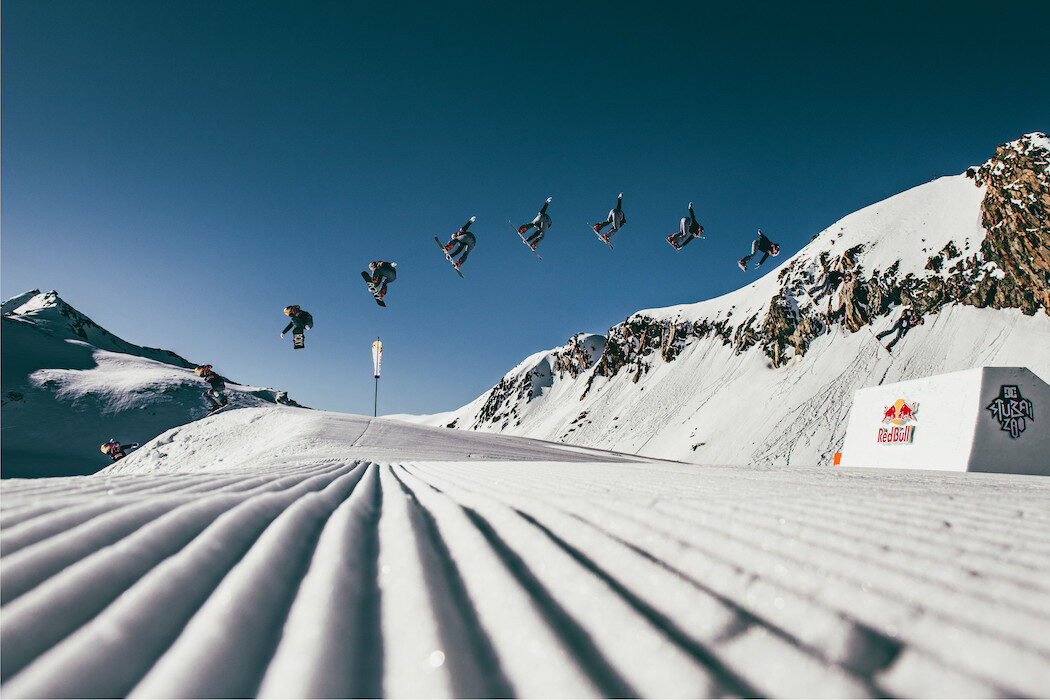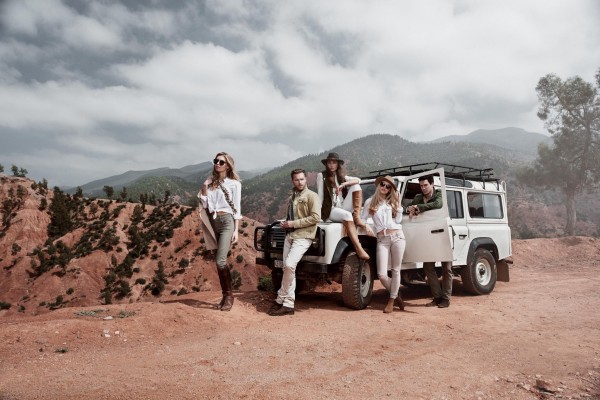With less than a year to go till the XXIV Winter Olympic Games in Beijing, we sat down with Crystal Globe winner and Team GB Big Air phenomenon, Katie Ormerod, to talk lockdown training and going for gold.
When did you first strap onto a board and where?
I first strapped onto a snowboard when I was five years old at my local dryslope in Halifax, West Yorkshire.
When did you realise that you were truly gifted on a board?
I’ve been snowboarding for as long as I can remember, so it’s always been a huge part of my daily life. I went snowboarding as much as I could, had as much fun as possible, and I loved learning, challenging myself and progressing on my snowboard. Soon enough, I started winning competitions both in the UK and abroad.
READ THE INTERVIEW HERE IN THE SPRING EDITION
When you joined the youth squad, aged 13, could you imagine you would be lifting Britain’s first Snowboard Slopestyle Crystal Globe?
At thirteen years old, my dream was to become a professional snowboarder and compete in all the elite-level contests, and I made sure to do everything that I could to make that dream a reality. I’m extremely proud of everything I’ve achieved since then and all my hard work over the years, which led to me becoming the first British snowboarder to win the Slopestyle Crystal Globe. Winning a Crystal Globe is one of the most prestigious achievements in snow sports, so to have won it is the most amazing feeling, and I hope that this will have inspired many other thirteen-year-olds to continue following their dreams.
What does an average training session look like for you?
My on-snow training usually consists of a full day snowboarding – 9am until 3pm – and I train both rails and jumps for both Big Air and Slopestyle. If I was doing a strength and conditioning training session, that usually consists of a lot of leg and core work to keep my body strong and powerful for when I’m snowboarding. I also do gymnastics training during the summer, which is very useful for maintaining spacial awareness and muscular strength – both of which are needed in snowboarding.
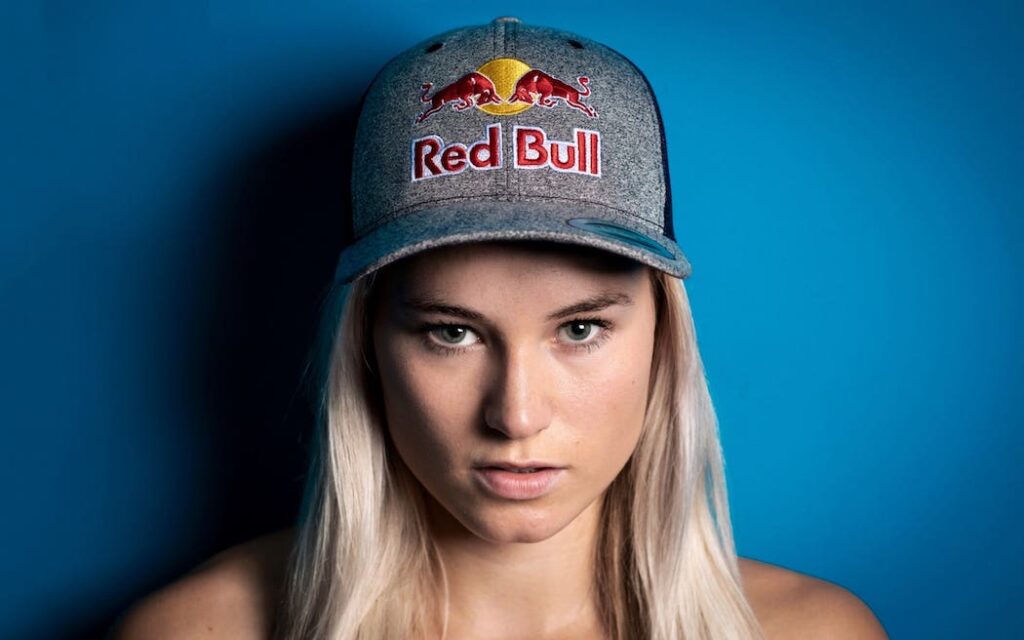
What’s your favourite destination to train, aprés and chill out?
Laax in Switzerland is my favourite mountain destination. I’ve been going there most years since I was nine years old, so it holds many amazing memories and is also a great place for training, as well as just cruising around the mountain.
Are there any methods you use to stay focused during competition?
I’ve always been naturally focused during competitions. I put this down to competing since I was five years old, as both a snowboarder and as a competitive gymnast. I’ve always loved the challenge, the excitement and the adrenaline that comes with competitions, so I try to have as much fun as possible and completely trust myself that I can do the best that I can do, after putting in years of hard work.
Like all top elite athletes, you’ve had your share of injuries. You’ve broken both wrists, your shoulder and had surgery on your ACL ligament. That in addition to chipping off a section of your vertebrae. How do you continue to recover so quickly? What gets you through?
Injuries do unfortunately happen sometimes, but I always remain as positive as possible and work as hard as I can to return to full fitness and get back on my snowboard as quickly as possible. I’ve always had the belief that I can overcome anything, and I knew that every day of rehab or every exercise in the gym was a step closer to being back on my snowboard.
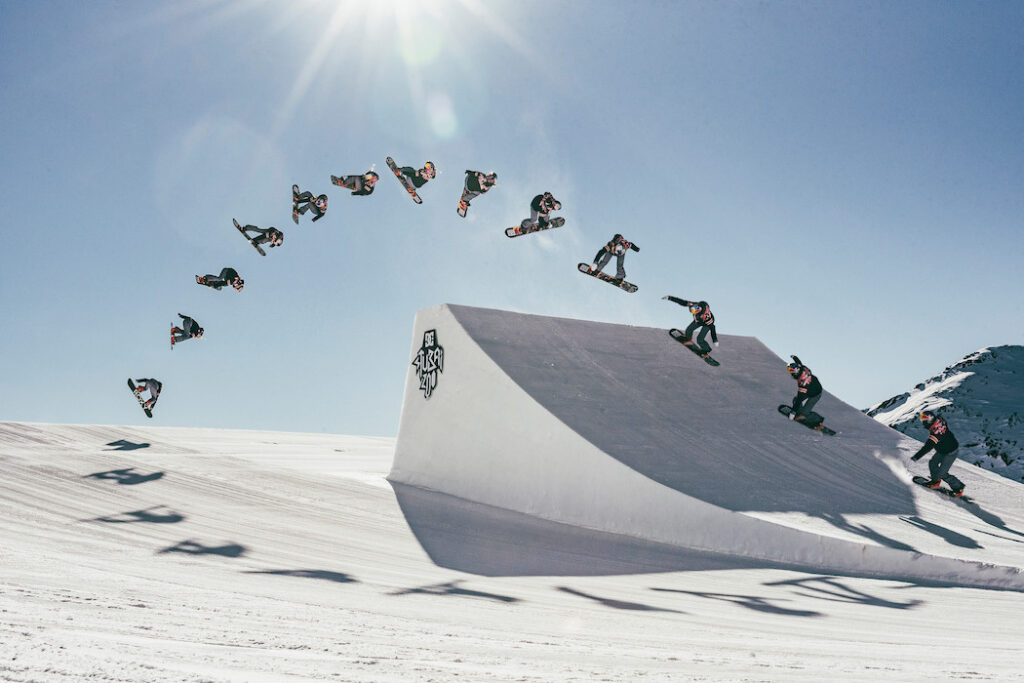
Has recovery been as much a mental challenge as a physical one?
Sometimes injuries can be just as mentally challenging as they are physically, which is why I always gave myself lots of short-term as well as long-term goals to keep myself focused, motivated and determined to reach them and come back stronger. I tried to remain as positive as possible and believe that, no-matter what or how long it would take, that I would get through it.
Snowboarding is one of the most popular sports at the Winter Games. Even people who don’t really follow or go snowboarding love to watch it. Why do you think that is?
Snowboarding is such an exciting sport to watch. There’s so much progression in both women’s and men’s snowboarding right now, making it a fantastic show for spectators.
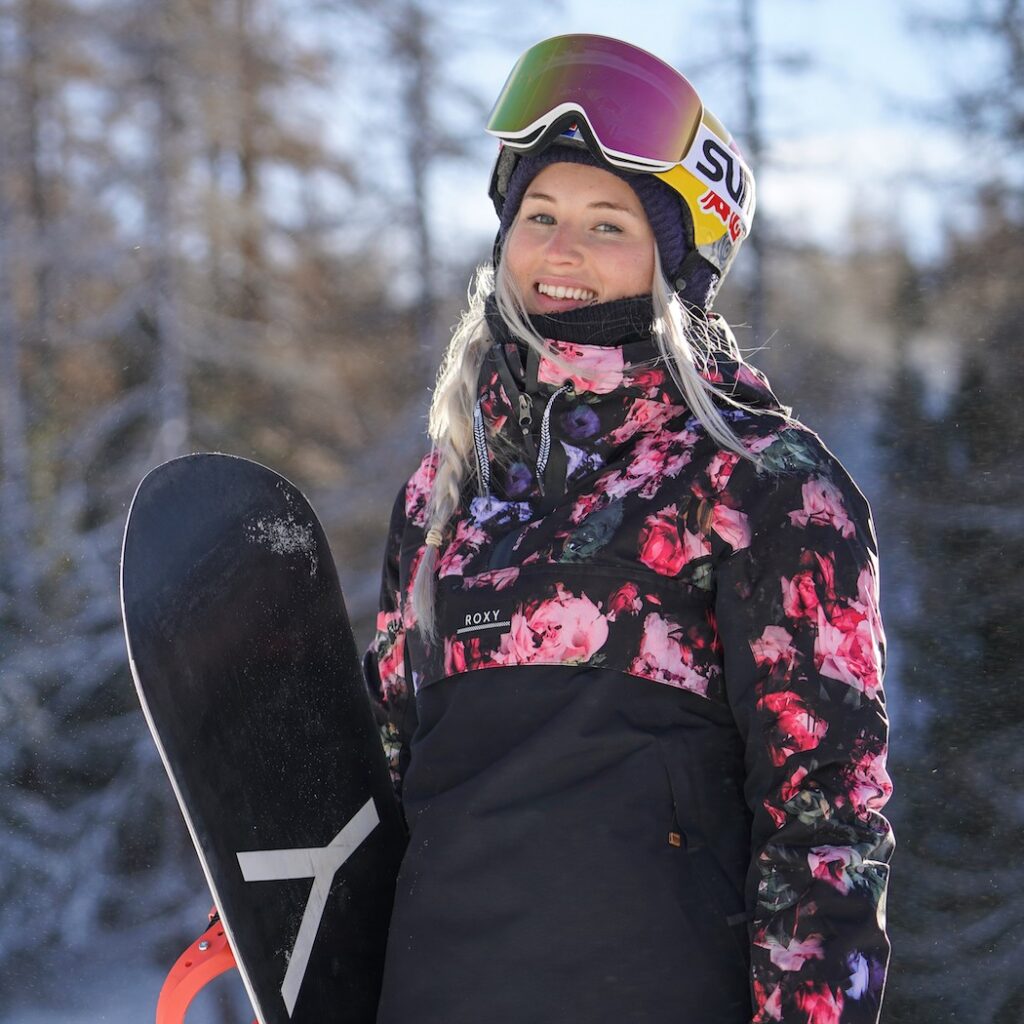
With so much time spent in the mountains, where do you head for the off season? Or do you chase the winter?
I usually chase the winter and go snowboarding in the southern hemisphere, such as Australia and New Zealand, although I do manage to have some time at home at the end of the European season, which is always really nice.
Lockdown: has there been any pros for you at all? Any room for personal growth?
I definitely made the best of a bad situation in lockdown and committed to keeping myself productive and inspired. I got in the habit of giving myself daily checklists, consisting of strength training to keep myself strong for snowboarding, and also hosting live stretching sessions on Instagram to help get others involved in fitness as well. I also used lockdown as an opportunity to expand my knowledge and challenge myself even further by starting a degree.
What’s the one piece of slope tech you can’t live without?
Heated socks.

